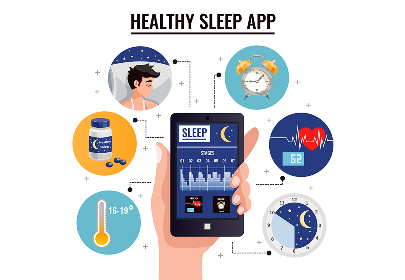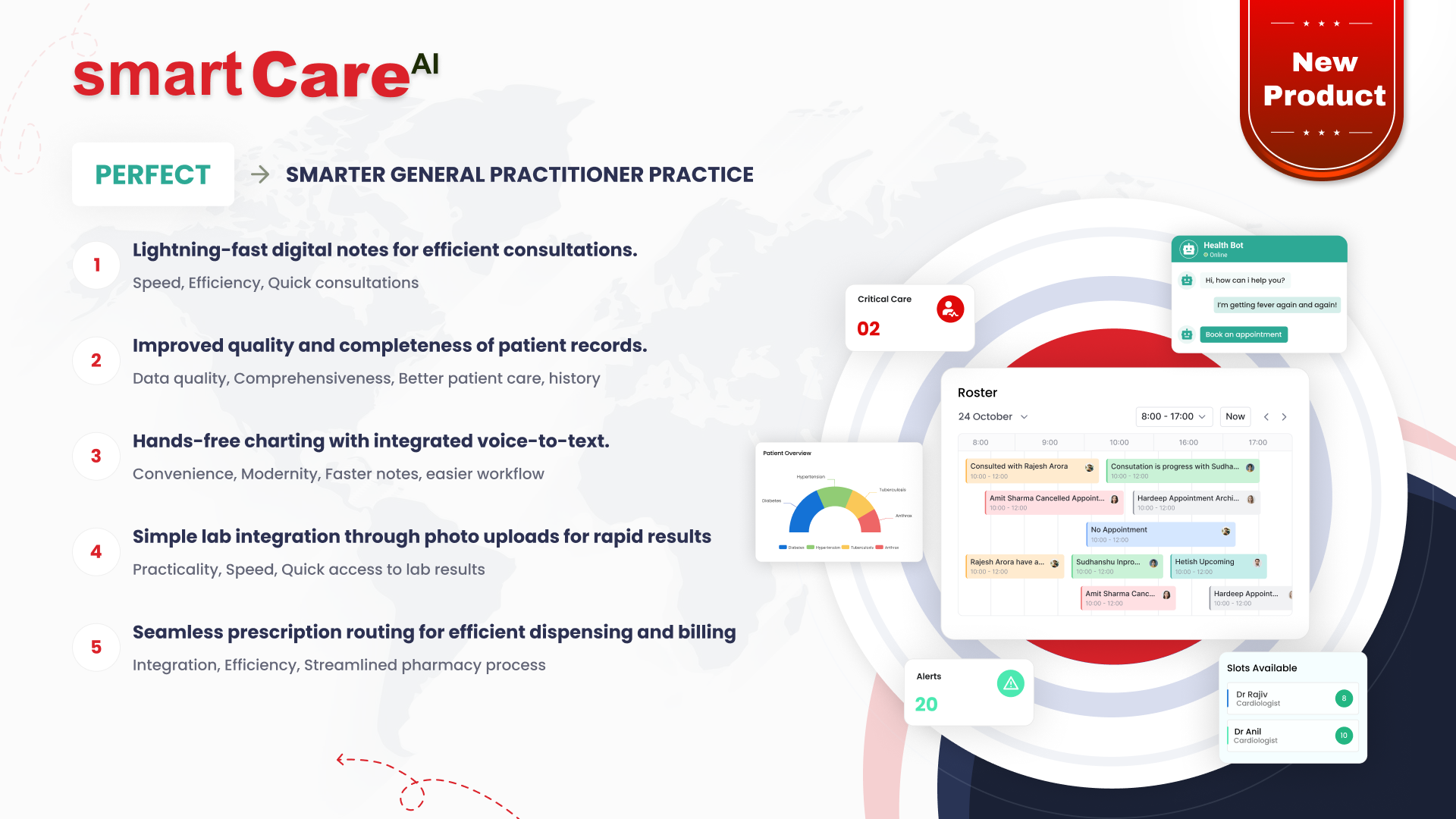Posted On March 23, 2025
Conversational AI: Are Chatbots Replacing Human Customer Service
Customer services has changed drastically in the past few years, especially with the introduction of new technological advancements in Artificial Intelligence. As a result, cost management in businesses is more streamlined. Both human representatives and chatbots can be utilized, however, the question chatbots versus humans remains: is there an automated replacement? Or one that solely serves as an auxiliary?
Companies are quickly provided aid through Conversational AI powered automation. This type of technology gives customers the ability to resolve anything from simple troubleshooting requests to frequently asked questions without having to talk to an actual human being. With the increase in machine learning and large language models, chatbots or virtual assistants have begun to triumph across multiple industries.
Pros of Chatbots
- Availability 24/7 : Customers do not have to wait for human agents to log in or be online as chatbots constantly ensure support.
- Responses Without Delay : Thanks to machine learning, chatbots can respond to various queries simultaneously and provide instant aid without any hassle.
- Highly Economical : Extra expenses in customer service can easily be solved through automation of monotonous frontal tasks.
- Lack of Condescending Agents : Even with exceedingly rude and condescending agents, AI grants clients the ability to acquire non-biased answers.
Where Humans Are More Skilled
However, despite these benefits, chatbots have deficiencies that typical people must fill for their effectiveness:
- Multi-dimensional Problem Solving: Emotionally complicated, interlaced, or extremely analytical issues will challenge AI deeply.
- Empathy and Emotional Intelligence: Responding to queries is not all there is to customer service; AI will never understand human feelings.
- Tailor Made Service: AI can predict and analyse past experiences, but it is the human representative who connects with the person emotionally.
- Escalation Handling: Sectors like health and finance have sensitive situations that need a human element.
A Blended Model: The Next Development of Customer Interaction
Chatbots are becoming assistants that increase productivity instead of replacing customer service agents. Most businesses work on a blended model where AI resolves simpler issues and human agents take over the more complicated ones. This combination saves costs and ensures that customers are happy.
For instance, banking chats bots address tedious balance inquiry questions, but customers who have loan related questions are routed to a human representative. Likewise, healthcare AI assistants take care of scheduling appointments whereas medical practitioners take care of the patients’ medical issues.
Chatbots are transforming and not replacing human customer service roles. By taking care of monotonous jobs, they allow human agents to concentrate on more important matters concerning customers. Customer service is a blend of Artificial Intelligence and Human Intelligence and it needs to be seamless in order to be effective. Companies that effectively combine Conversational AI without losing the human touch will be leaders in this digital world.








